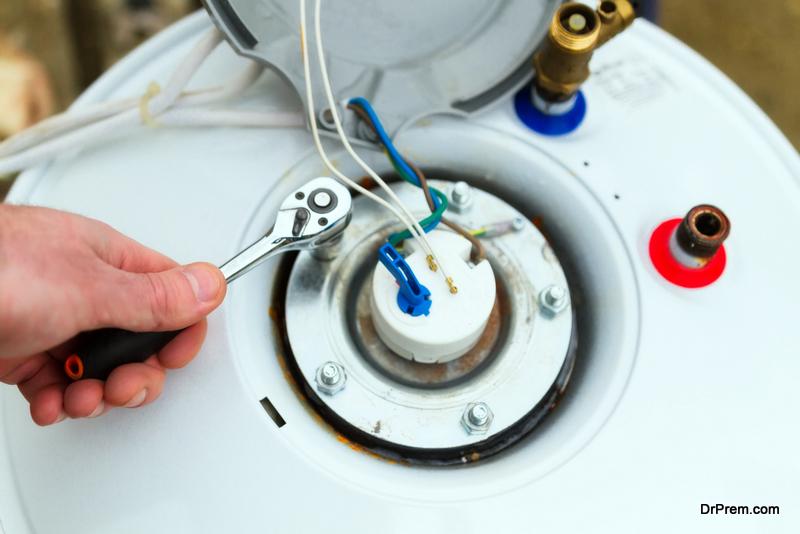Maintaining your water heater is critical for ensuring it runs efficiently and lasts longer. In San Jose, where hard water is common, the importance of flushing your water heater cannot be overstated. Flushing helps remove sediment buildup that can affect performance and longevity. Here’s a comprehensive look at why it’s necessary, how to determine if your water heater needs flushing, and professional tips for doing it right.
Why is it Important to Flush a Water Heater?
Over time, sediment can accumulate at the bottom of your water heater’s tank. This sediment is mostly composed of minerals like calcium and magnesium from the water, and it can lead to several problems:
- Reduced water heater efficiency due to extra energy needed to heat water.
- Potential damage or failure, as sediment buildup can cause overheating and stress on the tank.
- Shortened lifespan of the water heater, as continuous sediment buildup can lead to corrosion.
Flushing your water heater regularly helps maintain its efficiency and extend its lifespan by preventing these issues.
How to Determine if Your Water Heater Needs Flushing
Determining when to flush your water heater involves looking for signs that indicate sediment buildup. Here are some indicators:
- Decreased hot water output, which could mean sediment is displacing water in the tank.
- Prolonged time to heat water, indicating inefficiency due to sediment insulation.
- Unusual noises, such as popping or rumbling sounds from the tank, suggesting sediment is interacting with the heating element.
Flushing is typically recommended annually, but in areas with hard water, like San Jose, you may need to do it more often.
How Do You Flush Out a Water Heater: Professional Tips
Flushing a water heater, whether tank or tankless, involves several key steps. Here is a step by step guide with professional tips:
- Turn Off the Water Heater: For gas water heaters, turn off the gas valve. For electric water heaters, shut off the power at the circuit breaker.
- Connect a Garden Hose: Attach a hose to the drain valve located at the bottom of the tank. Make sure the other end of the hose leads to an area where hot water can safely drain, such as a driveway or basement drain.
- Open the Drain Valve: Allow the water to flush out. Be cautious, as the water will be very hot.
- Open the Pressure Relief Valve: This can help speed up the drain process and allow the tank to flush more effectively by letting air into the tank.
- Inspect the Drained Water: Look for chunks of sediment in the drained water. This can help you determine the amount of sediment buildup.
- Close the Valves and Refill: Once the water runs clear, close the drain and pressure relief valves, disconnect the hose, and turn the water supply back on. Check for leaks as the tank refills.
If you’re not comfortable performing this flush yourself or if you determine your water heater needs professional attention, it’s important to hire a certified plumber to avoid costly water heater repair service later on. United Plumbing & Water Heaters offers expert water heater maintenance services, including comprehensive flushing, to ensure your unit operates at peak performance.
Flushing your water heater is an essential maintenance task that should not be overlooked, especially in regions with hard water like San Jose. Regular maintenance not only extends the life of your water heater but also ensures you always have access to hot water when you need it.
Article Submitted By Community Writer




